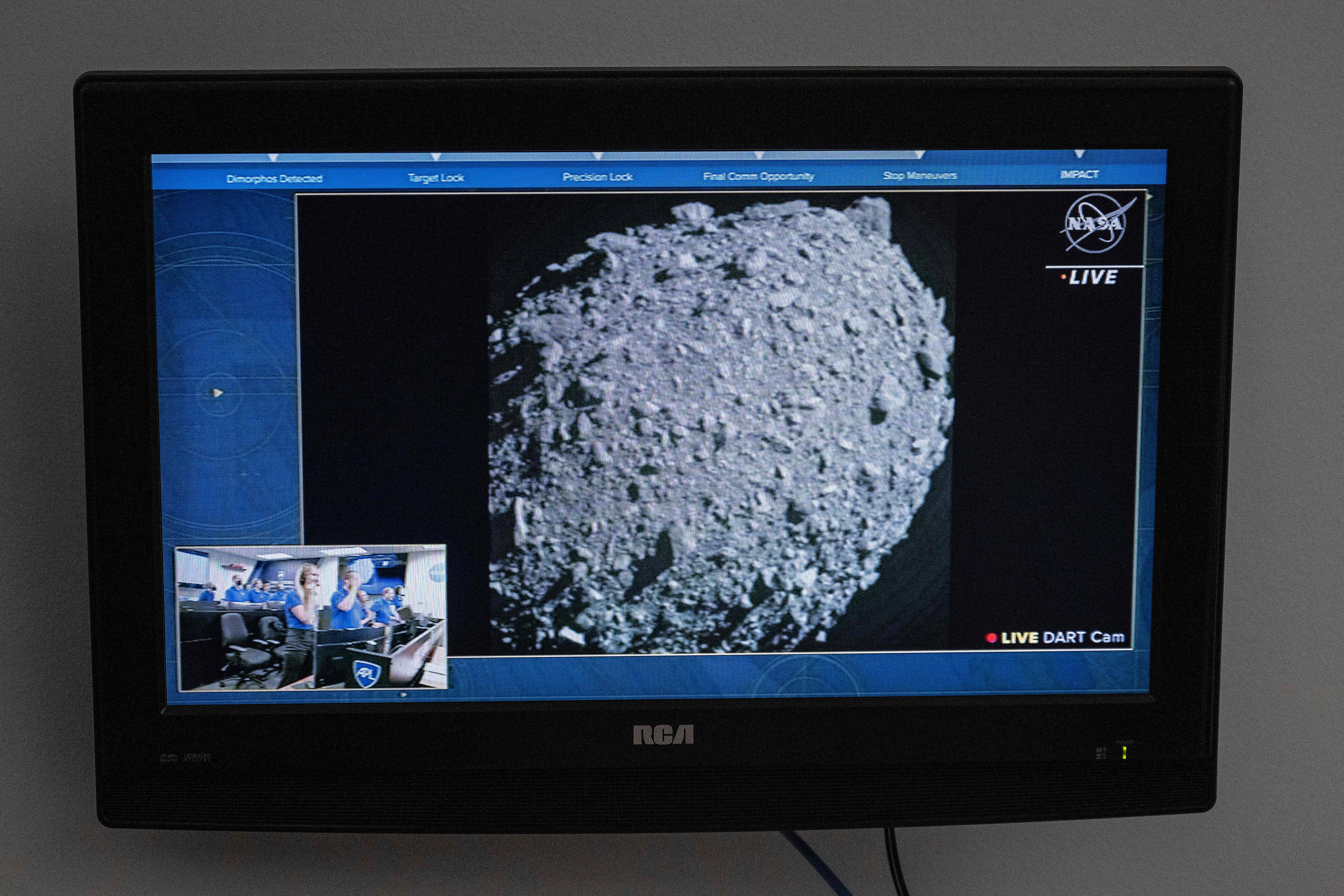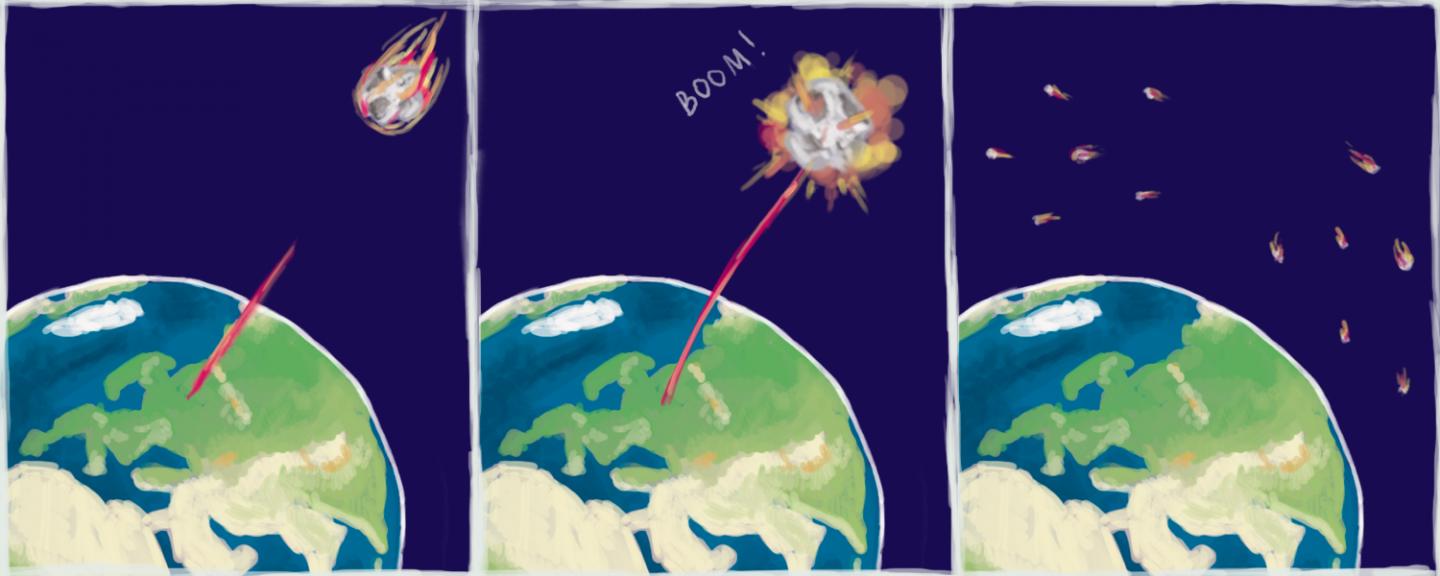Breakthrough confirms nuclear blast can deflect large asteroids headed towards Earth
Most dangerous asteroids will require vast quantities of energy akin to nuclear explosion to deflect them, scientists say
Your support helps us to tell the story
As your White House correspondent, I ask the tough questions and seek the answers that matter.
Your support enables me to be in the room, pressing for transparency and accountability. Without your contributions, we wouldn't have the resources to challenge those in power.
Your donation makes it possible for us to keep doing this important work, keeping you informed every step of the way to the November election

Andrew Feinberg
White House Correspondent
An X-ray pulse generated by a nuclear device could vaporise the surface of an asteroid and deflect it from a trajectory towards Earth, according to a new proof-of-concept lab study.
The research, published on Tuesday in the journal Nature Physics, suggests that such a technology could be used to defend against space rocks threatening life on Earth.
Space rocks like comets and asteroids can pose a threat to Earth if they come too close.
Space agencies are exploring ways to protect the planet from such cataclysmic collisions. For example, Nasa’s Double Asteroid Redirection Test mission, simply known as Dart, used a spacecraft to hit and change the path of an asteroid.
The test required ample time for preparation, however, and it was concluded that this approach could be very expensive.

“Although the recent Dart mission by Nasa demonstrated that near-Earth objects can be successfully targeted, deflecting the most dangerous asteroids will require energy concentrations akin to nuclear explosions,” the lab study concludes.
An alternative approach tested in the new study uses X-rays from a nuclear explosion to rapidly heat up the targeted space rock’s surface, causing it to vaporise and change course.
In lab experiments, the scientists tested ways to mimic the effect of a nuclear device impacting an asteroid.
Researchers used X-rays to target two 12mm mock-up asteroids in a vacuum. One rock sample consisted of quartz and the other was made from fused silica.
Scientists observed that the X-ray pulses heated the surface of the simulated asteroids. This caused a vapour plume that generated momentum for the quartz and silica targets.
The X-ray pulse was found to make the rocks move at velocities of about 70 metres per second.

Researchers used this data in simulations to assess how this method of asteroid deflection could scale. The findings suggest that near-Earth objects with a diameter of around 4km could be deflected with the nuclear impactor strategy.
“We scale these results to proposed interceptor energies and predict that asteroids up to a diameter of 4km can be deflected with this mechanism, showing a viable way to prepare for future planetary defence missions,” researchers say.
Scientists call for future experiments to investigate other target materials and structures. They hope to test different X-ray pulses since the vapour plume generated by them is dependent on the targeted space rock’s chemical composition.
Subscribe to Independent Premium to bookmark this article
Want to bookmark your favourite articles and stories to read or reference later? Start your Independent Premium subscription today.

Join our commenting forum
Join thought-provoking conversations, follow other Independent readers and see their replies
Comments